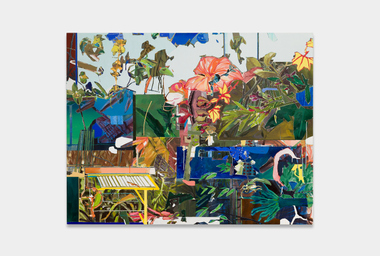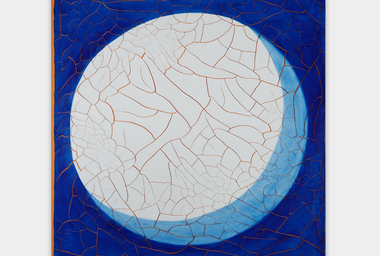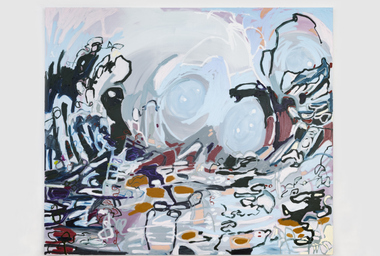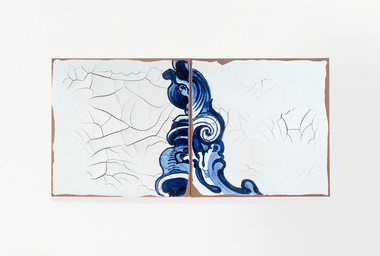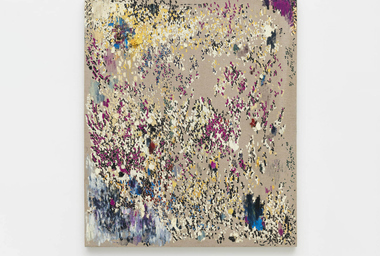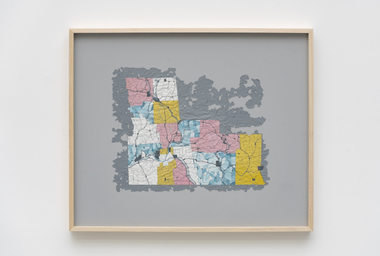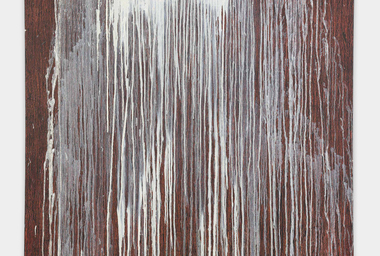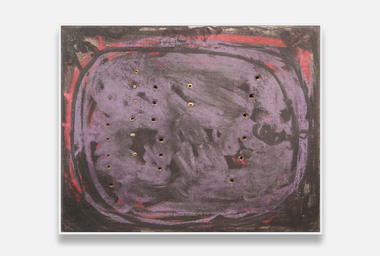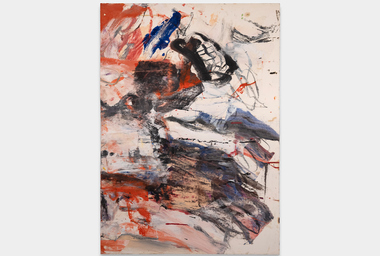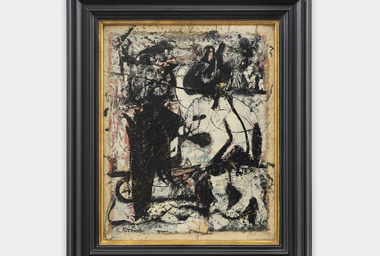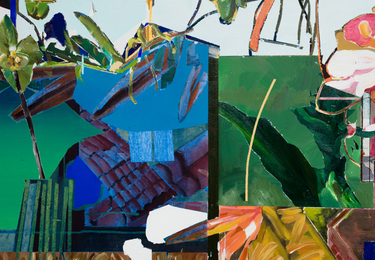
Nature Loves to Hide
Dec 10-26, 2021
Lévy Gorvy Palm Beach
Slat House, The Royal Poinciana Plaza
50 Cocoanut Row, Suite 122
Palm Beach, FL
Visiting hours
Tue–Sat: 11am — 6pm
Sun: 12pm — 5pm
Opening
Dec 11, 12 pm–3 pm
Special project
Download
Francesco Clemente | Willem de Kooning | Lucio Fontana | Tu Hongtao | Yves Klein | Lucia Laguna | Rivane Neuenschwander | Marina Rheingantz | Pat Steir | Janaina Tschäpe | Adriana Varejão
Lévy Gorvy and Fortes D’Aloia & Gabriel are delighted to announce Nature Loves to Hide, a collaborative exhibition focusing on the manifold ways in which historical, established and emerging artists address nature and landscape. Drawing inspiration from the immemorial subject of the natural world, the ten artists in the exhibition head Greek philosopher Heraclitus’s enigmatic aphorism by considering the full cultural, communal, and imaginative realms encompassed by the artistic genre of landscape.
Lucia Laguna (b. 1941), represented by Fortes D’Aloia & Gabriel, Francesco Clemente (b. 1952) and Tu Hongtao (b. 1976), both represented by Lévy Gorvy, make work that honors, deconstructs, and reimagines the natural landscape around their homes. Lucia Laguna’s paintings capture the vibrancy and vitality of the flora surrounding her studio in Rio de Janeiro. Overlaying various forms of construction, intervention, and erasure, Laguna’s works construct a visual patchwork that exalts in the interstices between abstraction and figuration.
Clemente’s Winter Flower series, inspired by flowers found in parks near his home, captures the beauty and resiliency of nature to persist in even the most forbidding of conditions. Reimagining the tradition of the vanitas scene—in which short-lived blooms evoke the fragility of mortal life—Clemente painted his canvases in methodical phases, employing a careful selection of botanically-based pigments.
Tu Hongtao relies on emotional and sensorial memory to help formulate his “deep impressions” of meaningful places, including the mountains surrounding his home in Chengdu, China. Tu extends the tradition of Chinese landscape painting, expounding upon the work of post-war predecessors like Zao Wou-Ki and Cy Twombly by trailblazing new, interstitial territories for landscape and abstraction.
Similarly, Janaina Tschäpe (b. 1973), represented by Fortes D’Aloia & Gabriel, moves between reality and fabulation, occupying the intersection between landscapes that have been seen, sensed, and remembered. Since 2003, Tschäpe has created vibrant paintings that enlist a universe of hybrid forms, sometimes botanical, sometimes amorphous, alternating between figuration and abstraction. Rife with bold, swirling strokes, The Whisperer (2021) recalls the seduction of the sublime landscape, a motif that defined German Romantic painting and Sturm und Drang literature.
Artists Adriana Varejão (b. 1964) and Lucio Fontana (1899-1968), respectively from Fortes D’Aloia & Gabriel and Levy Gorvy, have used radical gestural action and abstraction to explore cultural and personal exigencies. Beyond Arte Povera, Fontana’s spatial concept paintings employ the act of rupture that could be read as much in formal as in social notions. Often relating to actual geographical or social milieus, Varejão makes visceral and sculptural paintings that interrogate aspects of the history, memory, and culture of her native Brazil. Her paintings are lined with plaster to induce an abstract, geological, and even corporeal networks of lines and fissures along their surface. Azulejo (Moon) (2021) showcases this process, along with Varejão’s rich and diverse sources of color and pattern inspiration, including Portuguese tile painting and pre-Hispanic artisanal pottery.
Fortes D’Aloia Gabriel artist Marina Rheingantz (b. 1983), in addition to Lévy Gorvy artists Pat Steir (b. 1938) and Willem de Kooning (1904-97), all rely on abstraction as a means of liberating their compositions while making clear references to the topography, gravity, and dynamism of earth and water. Rivane Neuenschwander (b. 1967) and Yves Klein (1928–62) are included as further unfolding to these diverse approaches, making highly conceptual work that radically redefines conventional notions of the boundaries of space and land.
Taken as a whole, the ten figures featured in Nature Loves to Hide provide an illuminating glimpse into the continued variety and prominence of the natural landscape—both experienced and abstracted—in contemporary art today.
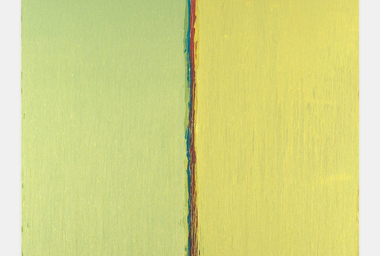

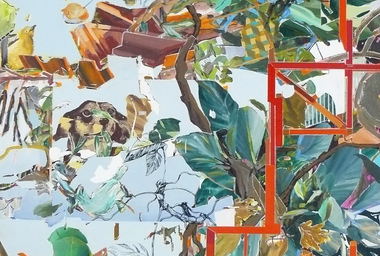
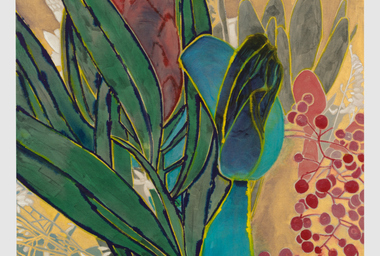
![Tu_Away from the City_2020 [LG-11523-21] II](https://fdag.com.br/app/uploads/2021/12/tu-away-from-the-city-2020-lg-11523-21-ii-380x256.jpg)
